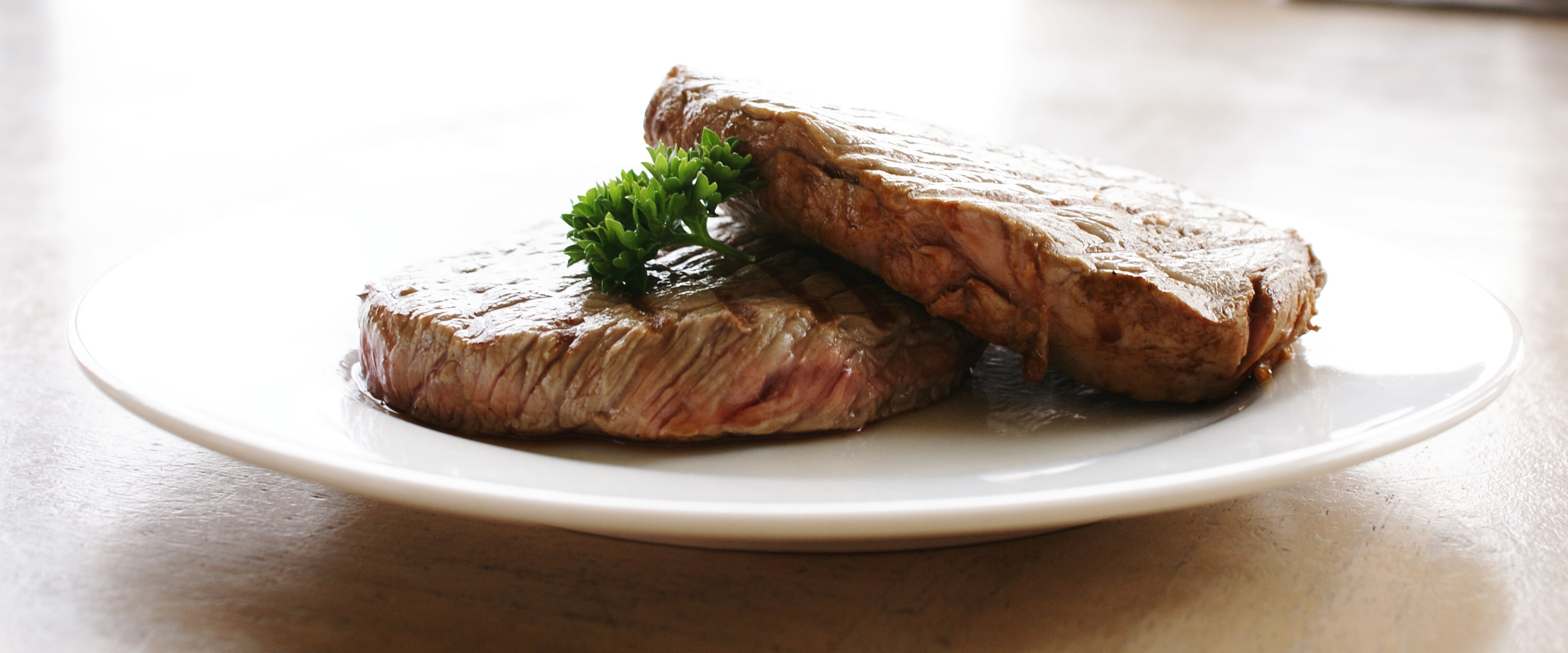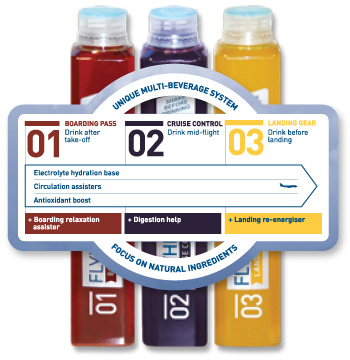We provide a comprehensive analytical service for flavour analysis. Our facility includes state of the art gas chromatography mass spectrometry (GC-MS) for identification and quantification of volatile organic compounds (VOCs) in food and beverage samples. Two multifunctional autosamplers (Gerstel MPS; Agilent PAL3) provide high through-put data acquisition with multiple sample preparation techniques available, including liquid injection, solid phase microextraction (SPME), static headspace, and thermal desorption. This provides flexibility and the power to select the most appropriate technique, depending on the project objective, target analyte(s), and sample matrix, thus delivering the greatest sensitivity and selectivity to meet you analytical requirements.We are experienced in the identification of aroma-active compounds in foods, beverages, natural products and consumer goods using gas chromatography olfactometry (GC-O), where trained assessors. This may be applied to identify off-flavours and taints, as well as to determine the compounds responsible for positive attributes that characterise a sample.
Proton transfer reaction mass spectrometry (PTR-MS) provides unique capability to measure concentrations of volatile compounds in headspace samples in real time (response time <100 ms). This technique may be applied for rapid analysis of headspace samples, to monitor flavour generation and reactions in real time and during storage, and to measure in vivo flavour release from foods during eating.
Combined with our Sensory Science capability, we can provide an integrated service to link flavour analysis to sensory perception evaluated using a trained panel in order to understand the factors in quality. We are skilled in advanced data analysis methods, univariate and multivariate statistical techniques and chemometrics, which are applied to relate volatile analysis to either food processing / treatment factors or to understand sensory perception.
We can assist with:
- Identification and quantification of volatile organic compounds (VOCs) in foods, beverages, natural products and other consumer goods (e.g. packaging, detergents etc.)
- Identification of off-flavours and taints in foods and beverages
- Identification of aroma-active compounds in complex food, beverage and natural product samples
- Quantification of fatty acid methyl esters, amino acids and other volatile compounds
- Headspace analysis of food, beverage and other samples
- Real time analysis of headspace samples using Proton transfer reaction mass spectrometry (PTR-MS)
- In vivo flavour measurement during eating using Proton transfer reaction mass spectrometry (PTR-MS)
Our research areas have included:
- Identification of aroma compounds in complex food and beverage samples
- Off-flavour and taint identification
- Effect of input quality (ingredients, composition) and external parameters (e.g. processing, environmental conditions) on volatile generation and composition
- Use of volatile analysis to follow changes in breath and blood chemistry for medical research
- Effect of novel processing technologies (High Pressure, Pulsed Electric Field) on volatile aroma compounds
- Flavour generation in food during processing or fermentation
- Analysis of other volatile compounds in foods (e.g. fatty acids, amino acids, glycosides, bioactives)
Other Consultancy Services
- Product and Process Development
- Shelf Life
- Troubleshooting and General Consultancy
- Food Safety and Food Spoilage
- Product Quality
- Sensory Science
- Analytical Services
Contact the Product Development Research Centre (PDRC)
Associate Professor Pat Silcock
Manager, Product Development Research Centre (PDRC)
Tel +64 3 479 7564
Email pat.silcock@otago.ac.nz
Further information
PDRC Case Studies
Beef EQ - Silver Fern Farms

Flyhidrate in-flight beverage system

